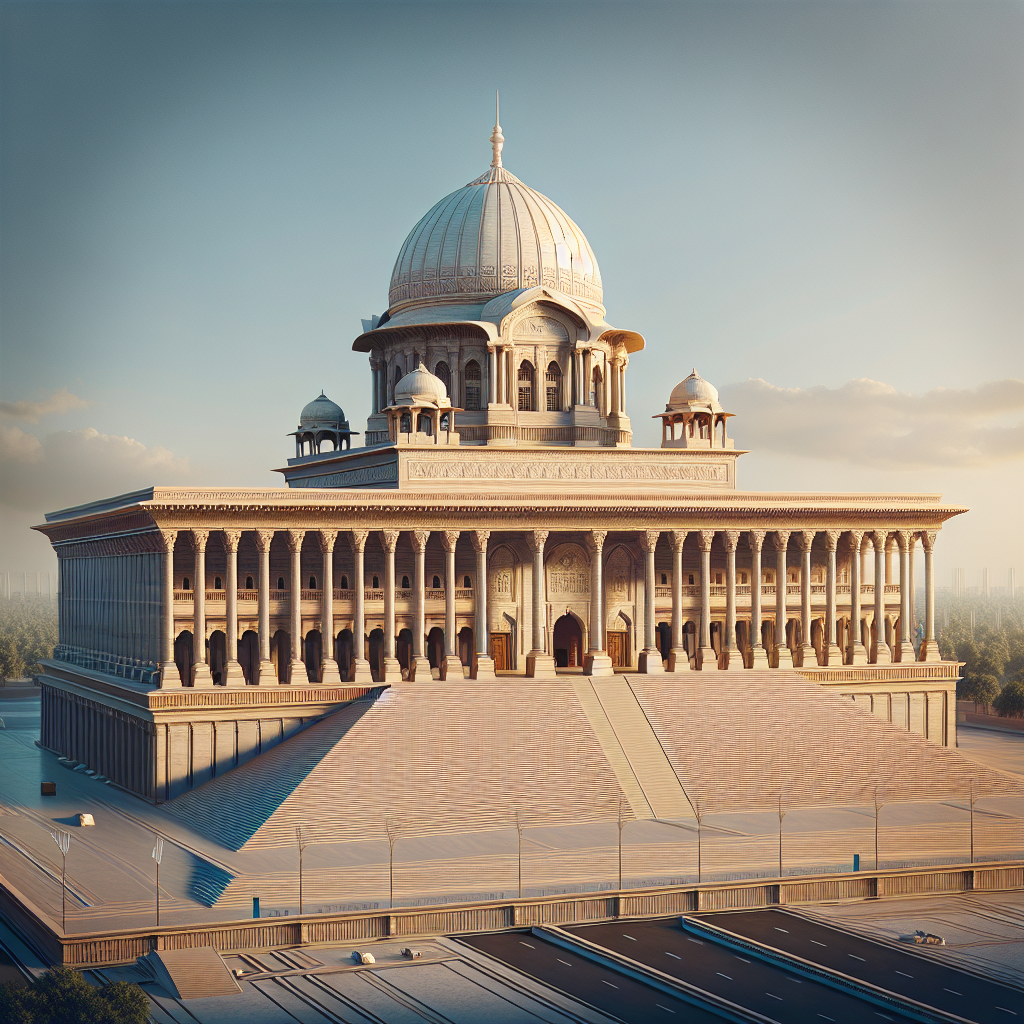Imagine a political stage brimming with energy, where every decision echoes the hopes of millions. The Sixth Punjab Legislative Assembly, which stood tall from 1967 to 1972, was not just a building but a theater of power plays and political epiphanies. It was a crucial period for Punjab, a northern state in India, as it grappled with political shifts and a desire for stability and progress. Surrounded by the echoes of recent Indo-Pak wars, the state's legislative body became the anchor in turbulent times as new political forces jostled with established stalwarts.
Formed against the backdrop of a newly reorganized Punjab state in 1966, this sixth assembly represented diversity not just in political ideologies but also in community representation. The Congress Party, which dominated Indian politics, encountered spirited competition from emerging regional parties like the Akali Dal and others. It was a battle for the soul of Punjab, where every party was trying to bridge the gap between urban and rural, rich and poor.
The driving pulse behind this assembly was Gurnam Singh, from the Shiromani Akali Dal, who became Punjab's first non-Congress Chief Minister. His ascent marked a political awakening, resonating with feelings of regional identity and self-governance. The Akali Dal, a party dedicated to Sikh-centric policies, saw its strategies come to fruition by securing a win that sent ripples through the corridors of power. This period was historical as it was emblematic of the broader changes happening across Indian states—where regional parties began to assert influence, challenging the Congress' monopoly.
However, this assembly wasn't just about political adventure— it was also about socio-economic challenges that Punjab faced. Post-Partition Punjab was recovering from the scars that had rent communities apart. Alongside, the sense of identity and agrarian economy needed fostering. The assembly worked tirelessly towards economic empowerment through initiatives aimed at agricultural improvement and industrial development. This seemed crucial when addressing the concerns of those who felt left behind—rural populations, many of whom felt alienated from the decisions made sitting in state capitals or grand cities.
Despite sincere efforts, the assembly wasn't without its shortcomings. Political stability was an anomaly with frequent and disruptive defections leading to changes in leadership. When Gurnam Singh was replaced by Lachhman Singh Gill through a series of defections, it made headlines, speaking volumes about the volatile nature of coalition politics. It highlighted the fragility and the thrill of coalition democracies—lessons that resonated across India.
For those who yearn for a politically conservative approach, the era may seem chaotic, but it is imperative to understand this chaos was a step towards political maturity, a reflection of the vibrancy of a democratic setup. On the flip side, many interpret these changing governments and fractured mandates as indicative of a populace demanding more representation and accountability. It was a clear plea for policies sensitive to the needs of the people, thus deepening democracy.
Fast forward, the seeds of these formative years in Punjab’s politics have shaped the state that stands today. The dynamics faced then, the electoral hiccups, the attempts at bettering diverse sections through policy-making continue to influence the ethos within Punjab.
This assembly, though a small chapter in the vast book of Punjab’s history, was consequential. It was not just about passing bills or executive decisions but about the spirit of governance, the ideals of public service, and the quest for fair representation. For Gen Z, examining these years offers insights into how regional movements carve out their political identity. It adds to understanding the complex arena of Indian politics where regionalism and national interests dance to the same tune.
Politics is often about perspectives and priorities. The Sixth Punjab Legislative Assembly taught us that it’s not just about who sits in power but about whom you serve. Serving is at the heart of any legislative body, and the exercise of this basic principle can shape futures. As today’s decision-makers hold the baton, they can draw inspiration from those who legislated and liberated, stepping out from under shadows and casting their own.

